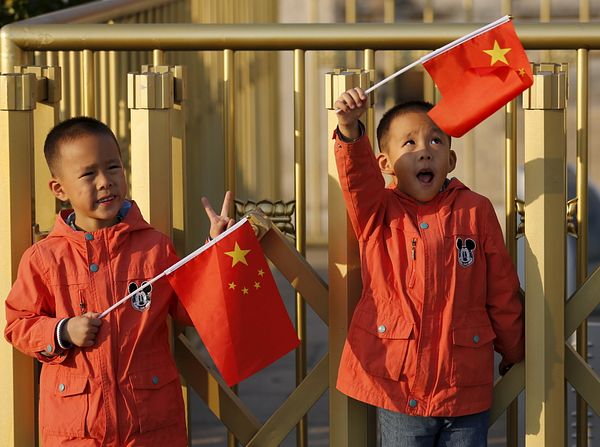The topic of Birth control policies is controversial in different contexts, mostly being dismissed by religious and prolific groups. On 29th October 2015, China ended the 35-year-long birth control project, which contextually ended their overpopulation fears.
The One-Child Policy
It’s no secret that China has experienced unprecedented population growth in the last hundred years. To curb the growing population, the government began initiating family planning policies in 1970. Restrictions included a minimum age for marriage and childbearing, mandatory intervals between births, and two-child limits for many couples. However, by 1980, the restrictions tightened, and a strict one-child limit was imposed. By 1982, the one-child policy was written into the constitution of the People’s Republic of China. This policy was heavily enforced. For example, in Guangdong, families who were non-compliant were fined 3-6 years of income.
There were some exceptions made for rural, minority populations or families that had a daughter. However, for the vast majority of Chinese women, the one-child policy meant forced birth control or sterilization. Law required women to get an IUD four months after the birth of their first child. When midwives began removing the devices in secret, mandatory IUD inspections were implemented. Women that were permitted to have two children were sterilized after the birth of their second child. In some cases, the husband and surplus children were also sterilized. Between 1980 and 2014, 324 women received a forced IUD and 108 million women were sterilized.
The End Of The One-Child Policy
Despite crediting China’s economic ascension with the policy (and the prevention of 400 million births), the State ended the one-child policy on 29th October 2015. The State argued that the reason for ending the policy was the population imbalance and gender imbalance caused by the policy.
The removal of the one-child policy did not grant full freedom, however. Instead, families were permitted to have two children. By May 2021, the policy was loosened to three children, and all limits were lifted in July 2021.
Quick Facts:
- Statistics show that the one-child policy encouraged sex-selective abortions where girls were killed for preferred boy babies.
- This era in Chinese history marks a period when there were the most child abandonment rates and overpopulation in orphanages.
- The one-child policy caused serious demographic concerns from experts arguing that prolonged continuation of the policy could result in irreversible fertility rates.
- Families with disabled children were often allowed to have more children but had to abide by birth spacing.
- The policy resulted in more women entering the workforce. Additionally, some girls received higher levels of education.

